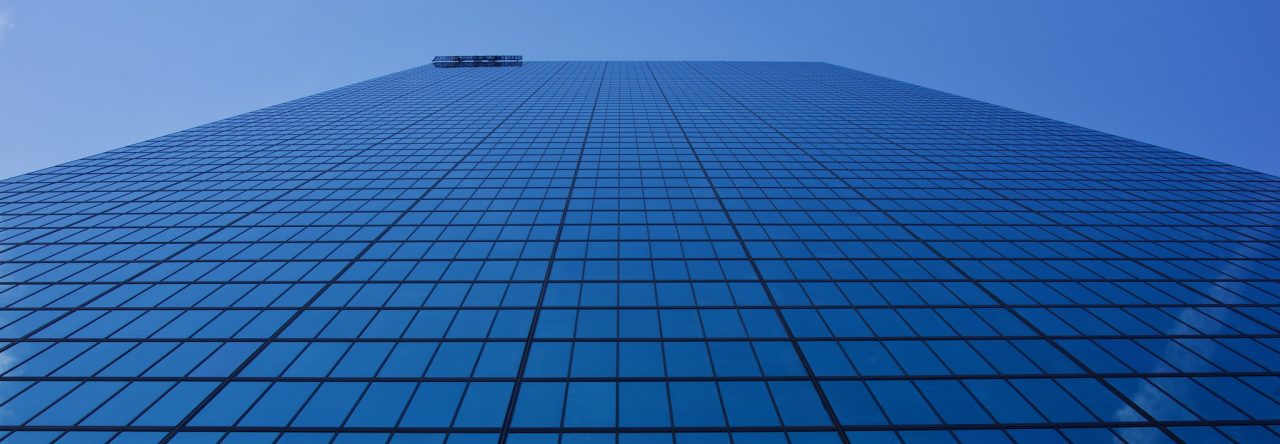Listened to speaker after speaker at the O’Reilly Government 2.0 Summit, and got a sense of both where things are going right, and just how much further we have to go. Tim defines gov2.0 as providing a platform, the provider of data and services, but letting “the market” (both commercial and non-commercial) building the innovative apps we’ve come to expect. This is dandy in theory, and data.gov and the Sunlight Foundation are nice examples of it in practice.
However, the fact that data is “open” doesn’t mean it’s really usable. Just putting up a website with a set of PDF files isn’t enough. It’s like the interstellar bypass plans in the Hitchhiker’s Guide that was ” on display in the bottom of a locked filing cabinet stuck in a disused lavatory with a sign on the door saying ‘beware of the leopard’.”
Adrian Holovaty reiterated that sites will take what they can get, scraping if they have to, but that we drastically prefer “diffs to dumps”, and that PDF is “the devil’s spawn.” I doubt the Adobe representatives in the audience were pleased at that.
John Markoff of the New York Times asked the pointed question: how do we ensure that these platforms enable liberation not control? Having a common platform isn’t helpful if it’s locked down and doesn’t interoperate.
While many of the presentations were very good, “death by slideshow” still ensued. Vint Cerf, chief architect of the internet, noted that “Power corrupts, but PowerPoint corrupts absolutely.” Many of the shown projects fell into the “dots on a map” paradigm or “open it and they will come” fallacies. Mitch Kapor, founder of Lotus, asked for more “apps that matter, not just more bus trackers.” How apropos; I’m working on it, Mitch.
